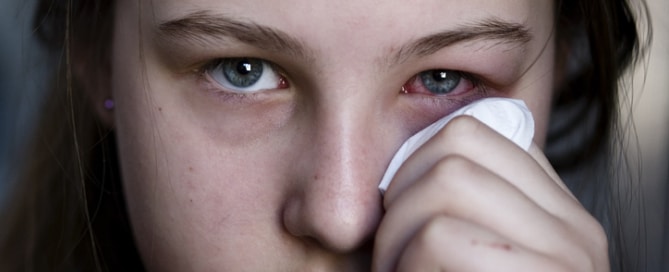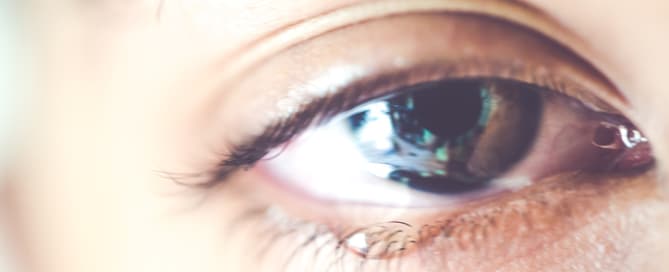Excessive Tearing: Here’s What You Should Know
According to a study in the American Journal of Ophthalmology, approximately 16 million people in the United States have been diagnosed with dry eye disease. The same study, though, estimates that about 33% of ophthalmology patients present with the symptoms of this condition. One of the most prevalent symptoms of dry eye disease is excessive […]
Excessive Tearing: Here’s What You Should Know Read More »




